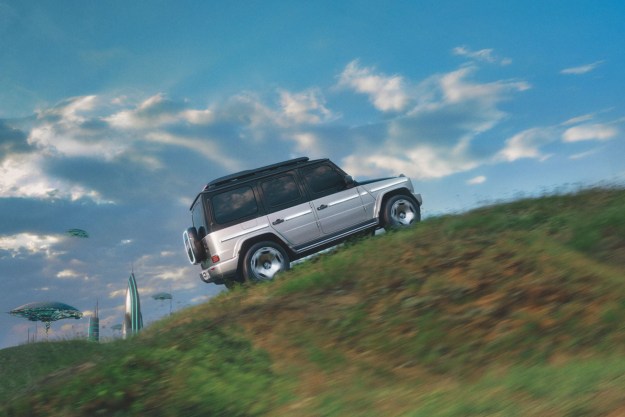If you don’t think Jeep has made a decent vehicle since the long-departed CJ-based Scrambler pickup truck, brand CEO Mike Manly feels your pain.
Speaking to Car Advice and other Australian media at this week’s Detroit Auto Show, the Jeep boss said he feels a Wrangler-based pickup would fit well into the lineup, but stressed that no decision has been made about building one.
Jeep is currently in the process of designing its next-generation Wrangler, making it the perfect time for fans to speculate about a pickup variant – a discussion that’s gone on since at least 2005, when Jeep unveiled the Gladiator concept truck pictured above.
Manly said he is a “big advocate” of a Wrangler pickup, but noted that it’s hard to make a business case for one.
Building a vehicle with a bed might bring Jeep into Fiat Chrysler sibling Ram’s territory. Under a recently-inrtoduced five-year plan, the company is trying to fit its brands into more specific niches and eliminate product overlap.
While a pickup would likely share most of its components with existing Wrangler models, Manly also said the cost of engineering one would be “not inconsequential.”
Still, a Wrangler pickup could make sense, and not just for hardcore Jeep enthusiasts.
While the nostalgic connection to Jeep pickups past would certainly increase its appeal, this potential Wrangler variant could give Fiat Chrysler a quick entry into the growing mid-size truck segment.
With the launch of the 2015 Chevrolet Colorado and GMC Canyon, and the imminent arrival of an updated 2016 Toyota Tacoma, this formerly moribund segment is showing signs of life again.
Even if the pickup stays in Jeep fans’ dreams, the next Wrangler is expected to feature many significant changes – possibly including an eight-speed automatic transmission and aluminum body – to improve fuel economy.
Editors' Recommendations
- Jeep Wrangler 4xe hit with battery fire recall, owners told to stop charging
- The best trucks
- Jeep Wrangler vs. Jeep Wrangler Rubicon
- Plug-in hybrid variants of Jeep Wrangler, Compass, Renegade will rumble into CES
- Jeep could return to the battlefield with the toughened-up Gladiator XMT


